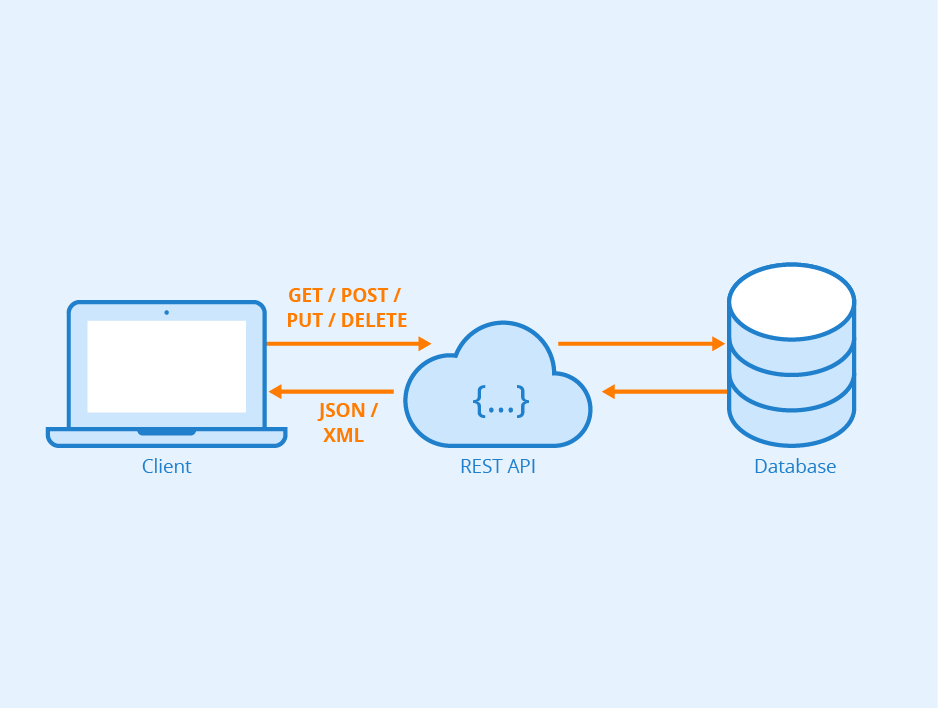REST is a familiar term to many in the API industry, as the software architectural style has proven excellent for designing web services. The key attributes of REST have enhanced the way computer systems on the Internet work with each other. Thanks to its uniform, predefined, and stateless sets of operations, REST facilitates the creation of speedy, reliable, and highly scalable web APIs.
But how about ease of use and mastery of the API’s design? Well, “REST” assured—a well-designed REST API guarantees that, too. When the RESTful approach is put into practice, everything becomes easier for you, your fellow designers, outside developers, and clients alike. If you follow these tips, everyone involved will understand the workings of your REST API—and get even more excited to use it!
Find a Great Toolset to Begin Your REST API Design On
The first big step is to find an API Design, Planning & Modeling Tool that is well-equipped to do RESTful API design. Find the one that is the most responsive to your design approach. Some varieties can even help you prototype and share the service almost immediately. That should impart your clients with a crystal-clear understanding of how the different types of API will behave.
Design Using JSON
For RESTful APIs, JavaScript Object Notation—JSON for short—is the most highly recommended format for storing and transferring data. The format itself has been celebrated for being “self-describing” and easy for most developers to master. It’s also more accessible than other formats, for example XML, as most networks already use built-in methods when encoding and decoding JSON. Use JSON for the API’s request payload, and expect your endpoints to return a JSON response. All in all, JSON will give everyone a better grip on the RESTful API’s flow of data.
Observe Proper Nomenclature for Endpoint Paths and Collections
What’s in a noun? Sound RESTful API design has the answer. The best REST design practices involve pairing known HTTP methods with nouns, not verbs. Consider the clean, straightforward nomenclature used in GET/articles as opposed to GET/ReadArticles. In the former example, the endpoint path is clear and users will intuitively know what the web resource entails.
The same goes with the nomenclature of collections. They must follow the accepted convention, which calls for plural nouns. Hence, the writing of GET/smartphones is correct, and not GET/smartphone.
Nest Your Resources to Show an Organized Hierarchy
Nesting your resources properly matters for a lot in REST API design. When you embed one object into another in the given path, their hierarchy should be obvious to the user. Take the example GET/articles/articleID/comments. Whoever sees that line of code will know it’s meant to access the comments from a particular article.
Here’s an additional tip from longtime REST API designers: never nest resources more than one level deep. This keeps the URI short and sweet. You can help users access a more specific resource—like posts from a particular commenter—by strengthening the search function of the API.
Make Sure to Filter, Sort, and Paginate Your Web Resources
As the number of web resources on the API grows, so too does your responsibility to keep things in order. If you don’t, you risk the system crashing as well as becoming incomprehensible. Do your client the favor of helping manage multiple resources with the following strategies:
- Filtering resources to limit query results according to specific parameters (such as red-colored items or books from a particular author)
- Sorting resources to follow an ascending or descending order based on specific parameters (such as by date or by alphabetical order)
- Paginating resources to limit the number of items that can be viewed at one time
Get to Know the Different Error Codes and Demystify Them for Users
Though nobody likes encountering errors in a REST API, they are inevitable. The best thing a REST API designer could do is be clear about which errors will occur—plus, offer solutions to the API’s maintenance team.
Get a list of HTTP error codes (there are 70 more after “404 Not Found”) and see where they apply. Aside from indicating the error itself, it’s good practice to draft longer, clearer, and more instructive error messages for your users.
Make It Easy to Track Versions of the Web API
While you phase out older endpoints and upgrade the API, give users the option to use a previous version. They may prefer the older version, or they may not be ready to migrate to the newest version just yet.
Tracking versions is as simple as using the indicators /v1/, /v2/, /v3/, and the like at the beginning of the API’s path. This lets users in on the version of the API that they’re on, plus the suite of features that distinguishes the version from others. Consistency and clarity are the two things your REST API must-have. If you achieve these, it will make it much easier to understand—and enjoy—your API product. Aim for ease of understanding and ease of use for every stakeholder involved. This is the winning formula for an exceptionally well-designed REST API.







